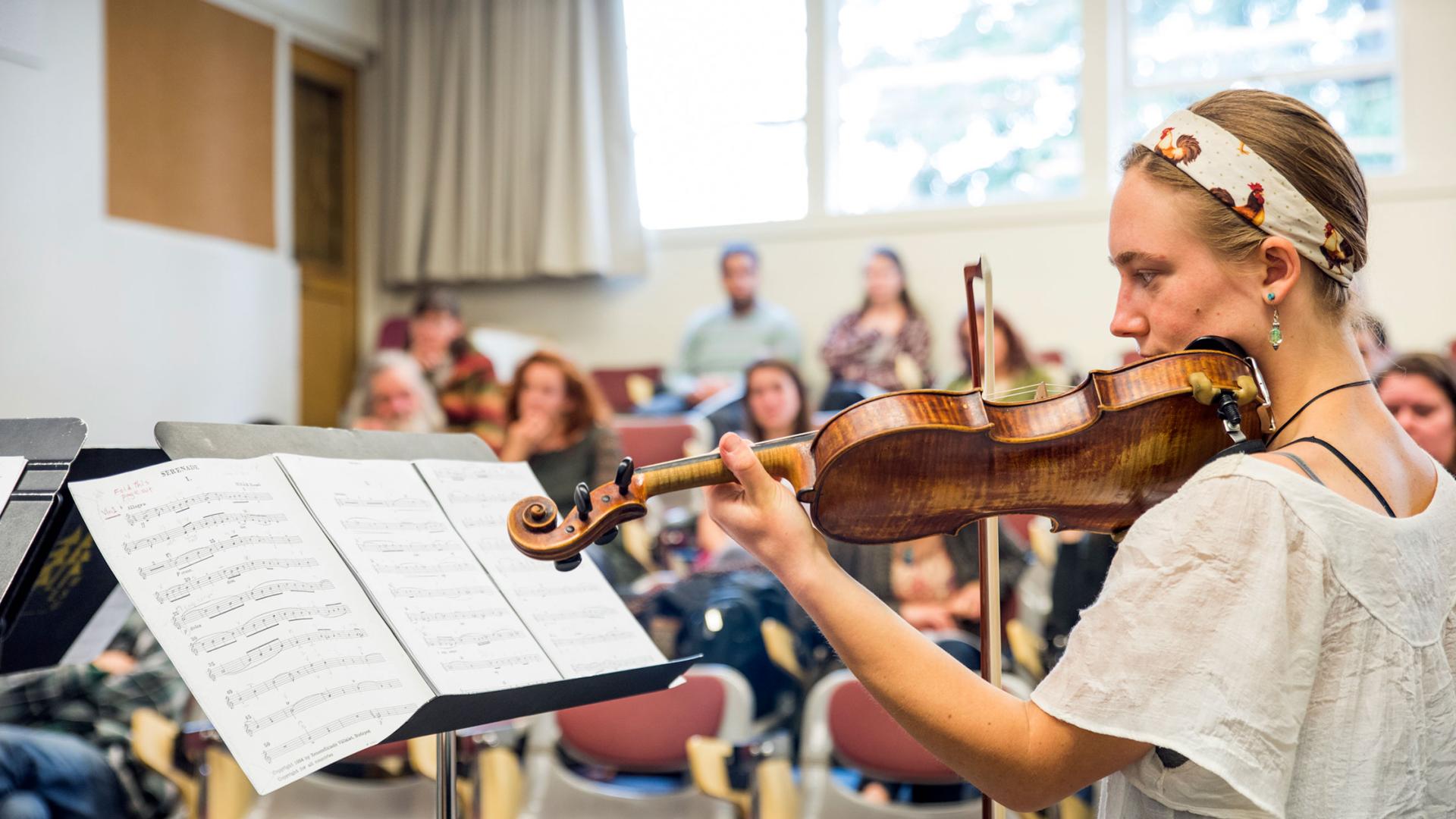Breadcrumb
Advising Students on Academic Notice
Reach Out » Take Action » Follow Through » Stay Connected
REACH OUT
Contact your advisee and reassure them that academic notice is not uncommon and is recoverable. Negative feelings need to be defused to allow a student to make positive changes. (Dembo, 2004; Schunk & Zimmerman, 2006).
*Regular connection with an advisor can be very impactful and meaningful to students (on academic notice) because they are able to articulate their obstacles to someone in an open dialogue, which can be a relief for struggling students who may feel discouraged by dispassionate academic notice emails and letters (Kirk-Kuwaye & Nishida, 2001).
TAKE ACTION
Email your advisee requesting that they Schedule a Meeting with you (be sure to provide your schedule information) and link the following Academic Intake Form: humboldt.edu/advising/faculty-staff-resources/notice-forms. This meeting will likely take at least 30 to 40 minutes. Submission of the academic intake form prior to the initial meeting is helpful. It allows the advisor time to review student responses prior to the scheduled meeting and consider:
- Has your advisee experienced any external barriers to their success? If so, they may be able to retroactively withdraw from all or some of their classes (official supporting documentation will be required). Refer to Office of the Registrar Withdrawal for more details at humboldt.edu/registrar/register/withdrawal-process. You may also contact the Office of the Registrar, SBS 1st floor, 707-826-4101 or the Dean of Students Office, SH 211, 707-826-3504 if you or your advisee need more assistance.
- Has your advisee has been struggling with internal barriers to success?
- Do the behaviors/skills they chose to improve seem like a reasonable plan?
The Academic Intake Form is an opportunity for a student to self-report on study habits, extracurricular activities, and a way to gain insightful information on what factors might be helping or hindering a student's academic performance. The process of completing the form is meant to be a learning experience, not a punitive task!
At the end of the form they are asked to look back on their responses and reflect on challenges that were out of their control, as well as those things they could have chosen to do differently, encouraging them to take control of their education.
*Self-reflection is a skill that can help beyond college, and institutions can help support its development.
FOLLOW THROUGH
Complete the Academic Action Plan, available at humboldt.edu/advising/faculty-staff-resources/notice-forms, with your advisee to guide the conversation during your first meeting (a subsequent meeting may need to be scheduled depending on the student’s situation).
Steps to Completing the Academic Action Plan With Your Advisee:
Financial Aid Status and Academic Standing boxes: Emphasize that there are differences between University Academic Standing policies and Financial Aid status.
- Check the Student Center for any Financial Aid unit deficiency warning or loss of eligibility message. Students can click on the details of their ‘To-Do List’ item for information regarding Satisfactory Academic Progress (SAP) policies humboldt.edu/financial-aid/maintaining-eligibility. You may be asked to write a letter of support if a student appeals their loss of eligibility. All questions regarding the student’s financial aid status should be directed to the Financial Aid office!
- Review academic notice or reinstatement policies with the student at Academic Regulations in the Humboldt catalog and humboldt.edu/advising/student-resources/academic-notice-disqualification-and-reinstatement-information.
Academic Goals: Use the Learning Center GPA Calculator, humboldt.edu/learning-center/digital-resources/gpa-calculator, to calculate grades needed to return the student to good standing. An unofficial transcript is needed to calculate GPA.
Personal Challenges/Concerns: Use Recommendations/Comments box to refer student to appropriate campus resources.
Action Plan: Discuss what academic habits the student plans to cultivate with regard to planning and organization, follow-through strategies, test-taking strategies, reading and note-taking strategies? Refer to the list of suggested academic habits and have the student generate a short list of manageable action steps.
Resources: What resources will you use to ensure your academic success?
- Visit the Learning Center ‘Our services’ section for Academic Peer Coaching, Tutoring and the Writing studio, and highlight how they can schedule an appointment with the appropriate service. It’s often hard for students to take the first step to make use of tutoring if they have not done so previously.
Goals: What goals might the student have for the semester, in addition to academic recovery?
Conclude by revisiting earlier encouragement, focus on positive outcomes, to help the student feel a sense of hope, empowered and ultimately in control of their own destiny.
Both Advisor and Student should sign the form as an indication of serious intent.
STAY CONNECTED
As you reach out to advisees throughout the semester, think about a separate message to those on Academic Notice. It can be especially helpful for students on notice to receive regular check-ins throughout the semester. Ask, for example,
- How are classes and life going?
- Were petitions or withdrawals approved?
- Would taking one class optionally for CR/NC be helpful?
- Have you followed through on using resources or meeting your goals?
*Through frequent advising, students are able to connect with additional resources on campus and engage more in campus life, and measurable improvement in student GPA after at least three meetings with an advisor has been shown (National Survey for Student Engagement, 2007; Vander Schee, 2007).





